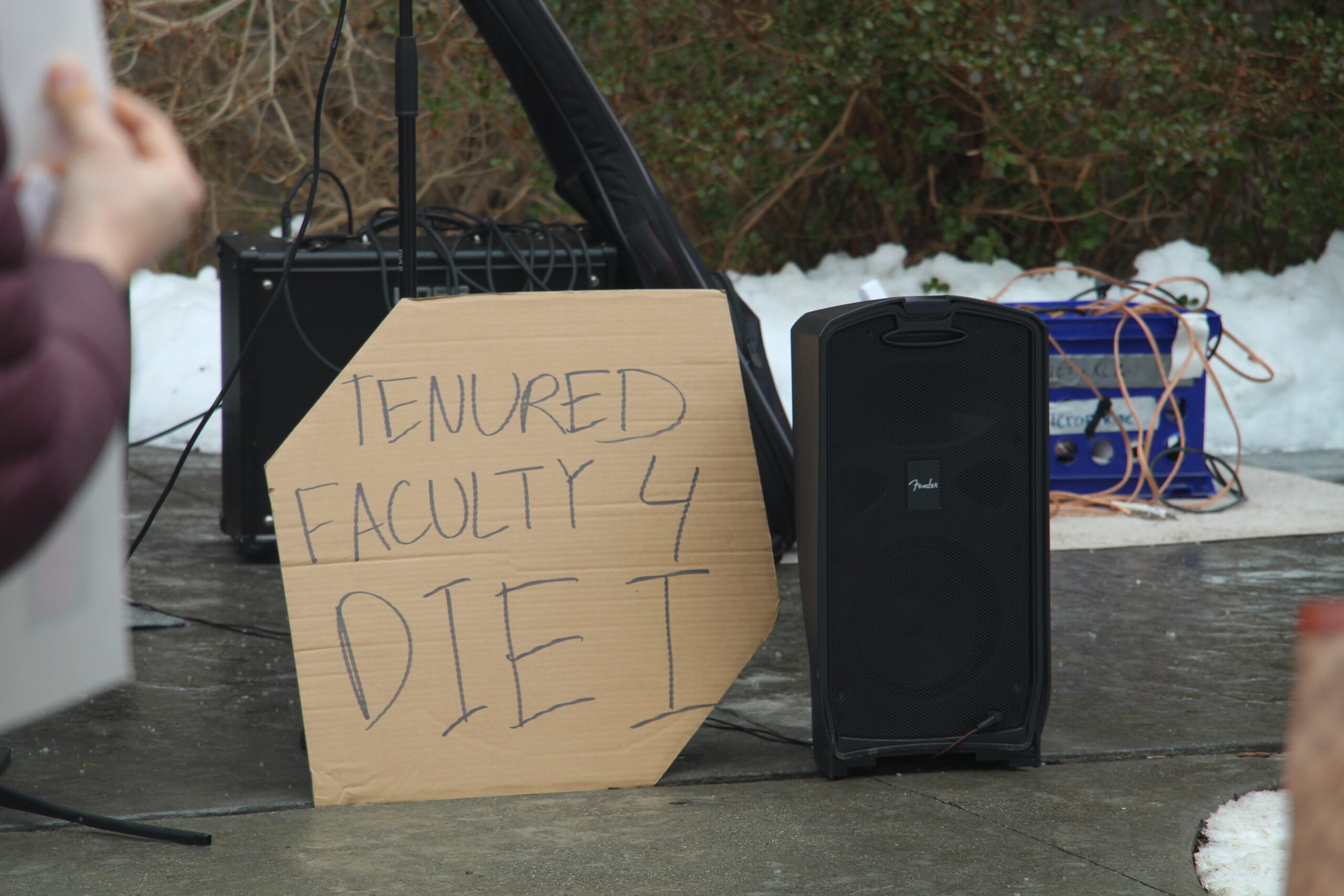Courtesy of Bill Stephens
Scores of pitchers finding their way onto the IL, or Injured List, has already been a hot topic of conversation over the last couple of years. With that being said, it hasn’t been more fiery of a subject than this year, with scores of starters, relievers, closers, and even Minor League prospects going down as a result of their throwing.
With well over a hundred pitchers on the Injured List, one can be led to wonder, what on earth is happening to them? It certainly wasn’t always like this! Future Hall of Famer Justin Verlander of the Houston Astros rightly labels the situation as a “pandemic.”
My hometown team, the New York Mets, has, and continues to suffer the effects of said injuries in recent history. Jacob DeGrom was a starting ace for the Mets from 2014 to 2022, named NL Rookie of the Year, four time All-Star, ended the 2018 season with an astounding 1.68 ERA (Earned Runs Allowed), and received back to back Cy Young Awards in both 2018 and 2019. With that being said, his numbers started to decline following the 2021 and 2022 seasons in which he became riddled with injuries, and at the time of publishing he is on the Texas Rangers’ IL for Tommy John Surgery. 10 Mets pitchers are also on the IL as of the writing of this article, including starting ace Kodai Senga.
There are a number of potential causes for the sharp increase in pitching injuries across the league. Two of these causes include increases in pitch velocity and spin rate, as well as the introduction of the pitch clock.
Pitchers that can hurl high velocity, especially above 100 MPH, are well sought after by Major League franchises. As Atlanta Braves ace Spencer Strider, who himself is on the 15-day IL puts it, “front offices are paying for strikeouts.” In 2008, the average fastball was recorded as being 90.5 MPH. Last year however, this average topped 94 MPH for the first time in Major League history. According to Statcast numbers for last year, 31 of the 64 hardest throwers had Tommy John surgery at any point in their careers. “Players know that “the harder I throw, the nastier my pitches are, the more money teams will throw at me.” That’s a real thing, too, and something every team promotes. The time of commanding pitches down and away and mixing speeds, that’s just not how the game is. Players know how to make money.” says Chicago Cubs reliever Drew Smyly.
The introduction of the pitch clock is a second potential cause for the increase in pitching injuries. Introduced to the Majors for the 2023 season, the pitch clock is a clock that limits the amount of time that a pitcher has to throw. Initially, pitchers had 15 seconds without runners on board and 20 seconds with runners on. However, the MLB competition committee had the on-base count lowered to 18 seconds going into the 2024 season. Though a very new implementation, meaning its long-term effects are unstudied, the pitch clock’s potential role in contributing to the rise in injuries is not un-noted. Strider notes, “With injury rates where they are, I don’t know how we can blindly decrease the clock after the worst injury season in baseball, arguably, without having a conversation about injuries. The league talks about creating more action on the field.”
The pitch clock, put into use in the big leagues in an ultimately successful effort to shorten games and draw larger audiences, has the inverse effect of harming pitchers in that they had to adjust their style of play that they have developed over their entire baseball careers. As well as this, a shorter recovery time in between pitches is, in and of itself, a risk factor. “There are times throughout the game you definitely feel rushed or tired and not able to catch your breath, which could promote an injury. Our trainers say there have been studies that the oxygen in your shoulder muscles, when you’re doing something quick without a chance to recover, could increase your chance for injury. With the pitch clock, sometimes you don’t have that time to take a deep breath.” says Smyly.
The numbers are alarming. Pitchers are going down left and right, and you’d be hard pressed to have a serious conversation with a diehard fan of any franchise and not hear them mention their own pitching woes at any point. With IL’s being cluttered and more money being found in shorter games and a harder fastball, it is a wonder whether managers, the MLB Players Association, or the league itself will do anything to deal with this hot issue and keep pitchers where they belong; on the mound.










